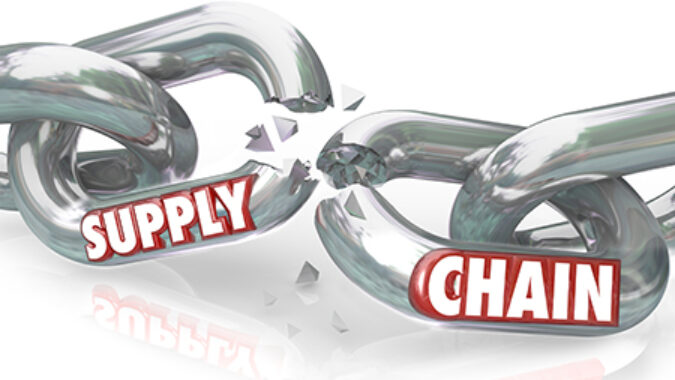A new McKinsey & Company report estimates that automotive, consumer and retail companies could run out of stock by the end of April due to supply chain disruptions caused by the coronavirus pandemic.
The report urges businesses in all industries to act now to not only mitigate the pandemic’s short-term impact on their supply chains, but also act in ways that build resilience to help weather against future supply chain shocks.
“By acting intentionally today and over the next several months, companies and governments can emerge from this crisis better prepared for the next one,” McKinsey advised in the report authored by Knut Alicke, Xavier Azcue, and Edward Barriball.
The report estimates automotive, consumer and retail companies with supply chains in China have a month or two of inventory available. High-tech and semiconductor industries have a bit longer, while “stockout” for the pharmaceutical industry is more likely to occur sometime between October and January 2021, the report said.
In the short-term, businesses should address six issues that require quick action across the end-to-end supply chain:
- Create transparency by identifying multi-tier supply chains, establishing a list of critical components, determining the origin of supply, and identifying alternative sources.
- Estimate available inventory along the value chain—including spare parts and after-sales stock—for use as a bridge to keep production running and enable delivery to customers.
- Assess realistic final-customer demand and respond to (or, where possible, contain) shortage-buying behavior of customers.
- Optimize production and distribution capacity to ensure employee safety by supplying personal protective equipment (PPE) and engaging with communication teams to share infection-risk levels and work-from-home options.
- Identify and secure logistics capacity, estimating capacity and accelerating where possible, and being flexible on transportation mode.
- Manage cash and net working capital by running stress tests to understand where supply-chain issues will start to cause a financial impact.
Go here to read the full report.

